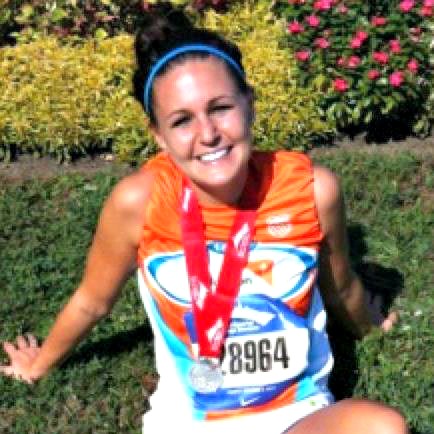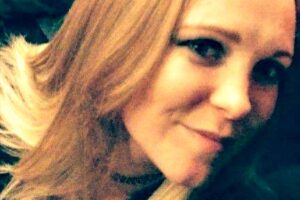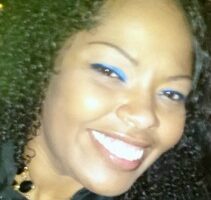I’m in my mid-twenties and very active. When I experienced calf pain for about two weeks, I attributed it to a strain from uphill running and other cardio and weightlifting workouts.
Towards the end of two weeks, I couldn’t ignore the pain. I decided to pop into a nearby physical therapist’s office. I explained my symptoms, and the doctor recommended a few stretches. In hindsight, I did not experience what I would call typical symptoms of a blood clot. My leg pain wasn’t excruciating, but more of an annoyance, and I didn’t have any redness or swelling.
One morning after a run, I sat down at my desk and noticed my back had a dull ache near the middle and right side of my spine. I thought I needed to drink more water. The pain gradually worsened throughout the day.
By the end of the day, I decided to cancel my afternoon plans, and go lie down. Within the next few hours, it hurt to breathe and the back pain became much worse. I decided it was time to go to the ER.
Once the doctor in the ER examined me, it was determined that I had a strained muscle from my workouts, and the discharge process was started. I’m not a dramatic person, but I know my pain tolerance is high enough to handle a pulled muscle, and I knew that wasn’t what I was experiencing. I’m glad I pushed back on the ER doctor and asked to speak to her boss.
A second doctor came in and said we could do a D-dimer blood test to check for increased clotting factors in my blood. Shortly after the test, the doctor came in and said they suspected a blood clot, and I was taken for an immediate CT scan. The scan showed I had two massive clots in both lungs, or a bilateral pulmonary emboli.
They suspected the pain in my calf was deep vein thrombosis that travelled up my right leg, and split into both my right and left lung. The doctors brought me to the intensive care unity and started me on a heparin drip. That night they discharged me with a prescription for a new oral anticoagulant, which worked very well for me.
After the fact, we did several blood tests to determine the suspected cause of the clot. I had not traveled or had a recent surgery, and I do not remain stationary for long periods of the day. I am young, active, and healthy. I did not test positive for any genetic causes, and my family does not have a history of clots. I was on estrogen-based birth control pills for 8-10 years without any prior issues, but given that my particular birth control has been linked to blood clots, I determined that this was most likely the cause. My hematologist was adamant I never get back on a birth control containing estrogen.
After my experience, I called the physical therapist who first examined me to let him know my outcome so he could help someone else in the future. I’m so thankful I listened to my body when I knew something was off. I’m also very thankful to have stood up for myself and questioned the ER doctors about my situation. I hope my experience can help others.
Resources




